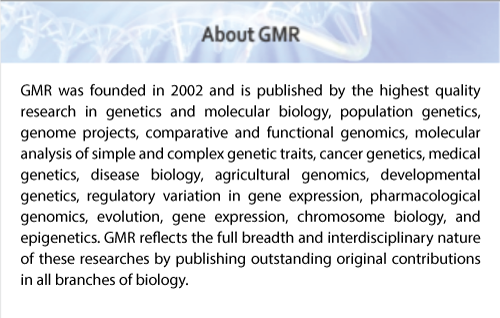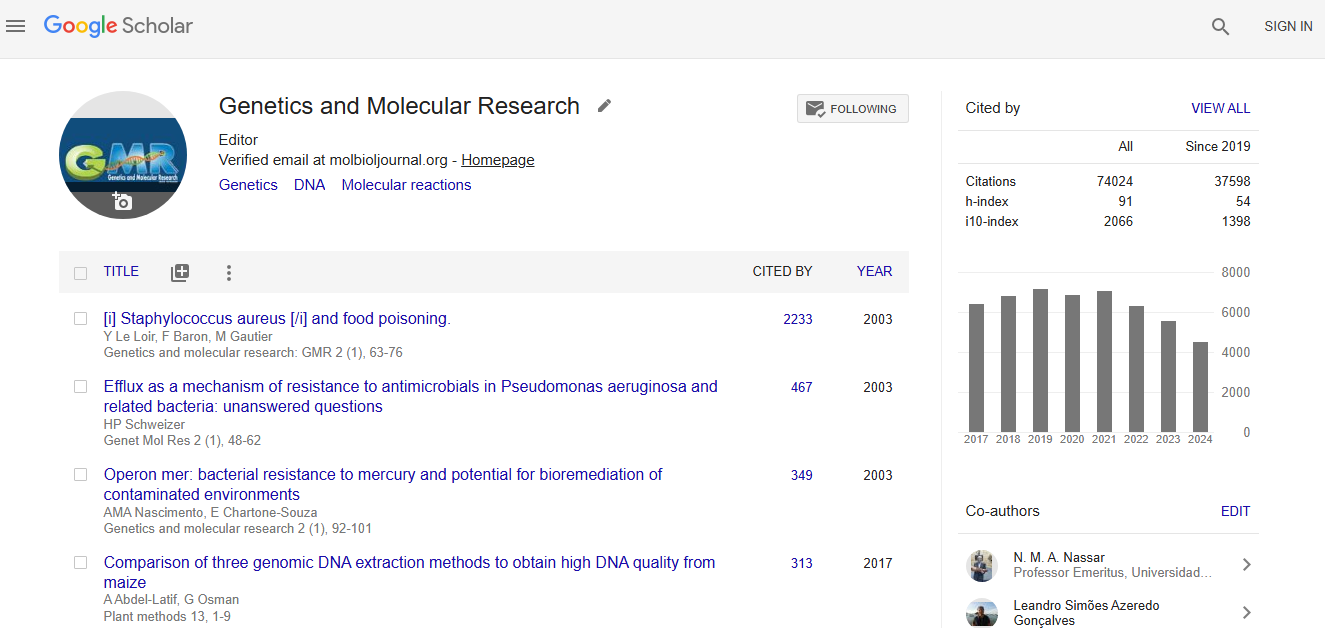Abstract
How efficiently Genome-Wide Association Studies (GWAS) identify prolificity-determining genes in sheep
Author(s): Magda V Benavides, Carlos Jos�© H Souza, Jos�© Carlos F. MoraesGenome wide association studies are performed to narrow down or, better still, pinpoint the region or genes involved in the regulation of a known phenotype. The data concerning litter size usually comes from a restrict number of individuals due to the laborious and costly nature of the phenotyping by lambing data of several breeding seasons. Genome-wide association was performed in a population in which segregates a major gene determinant of prolificacy in sheep. This is the allele of the GDF9 SNP called Vacaria: c943C> T, detected in Ile de France flocks in Southern Brazil. The Vacaria genotype and phenotype data did agree with the GDF9 sheep chromosome 5 regions from genomic analyses. OAR5_45481559, a marker located within the GDF9 gene (chr5: 41,841,919 bp), had nominal p-value significance but did not reach Bonferroni-corrected significance levels. However, other chromosome 5 SNP markers (s17197, s48166, s25202, and OAR5_47774570), located at chr5: 43,415,384 - 43,708,878 bp, did show nominal and Bonferroni p-value significances. These first three markers showed to be in linkage disequilibrium with OAR5_45481559, thus confirming Plink and Emmax (Genome-Wide Association Studies (GWAS) packages) abilities of locating the correct genomic region associated to phenotypes. These results are indicative that GWAS is a useful method for searching candidate genes in prolific animals, since the linkage disequilibrium is verified in a range of 2 Mbp
Impact Factor an Index

Google scholar citation report
Citations : 74024
Genetics and Molecular Research received 74024 citations as per google scholar report
